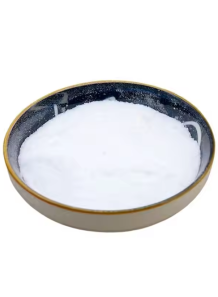Acesulfame (Acesulfame potassium, Ace-K)
Food
Code: 127636
200× sweeter than sucrose (table sugar) on a weight basis
Cart
No products
Subtotal:
0.00
Total
0.00
THB



